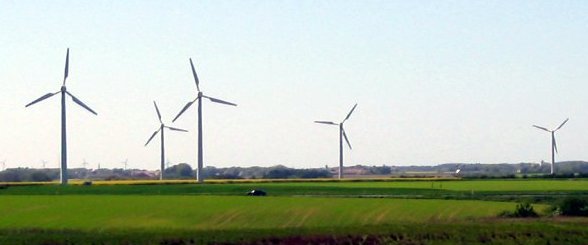The United Nations 2015 Climate Change Conference is an opportunity for everyone to think about contributing to the transition to renewable and sustainable energy sources.
One way to do that is to buy electricity that is produced from renewable resources (solar, wind, hydro, biomass…). With the worldwide opening of the energy markets, this should now be possible in most parts of the world.
So, with a power consumption between 4,000 and 5,000 kWh per year, we have decided to make the switch for our main office in Orange, France. But how to choose a good supplier?
Greenpeace turned out to be a very good source of information about this topic, comparing the offerings from various suppliers, and finding out which ones really make serious investments in renewable energy sources.
Here are the countries for which we have found Greenpeace rankings:
Australia France
If you find a similar report for your country, please let us know, and we will add it to this list.
Back to our case, we chose Enercoop, a French cooperative company only producing renewable energy. This supplier has by far the best ranking from Greenpeace, and stands out from more traditional suppliers which too often are just trading green certificates, charging consumers a premium rate without investing by themselves in green energy production.
The process to switch to a green electricity supplier was very straightforward. All we needed was an electricity bill and 15 minutes of time, whether you are an individual or represent a company. From now on, Enercoop will guarantee that for every kWh we consume from the power grid, they will inject the same amount of energy into the grid from renewable sources. There is no risk to see more power outages than before, as the national company operating and maintaining the grid stays the same.
It’s true our electricity is going to cost about 20% more than nuclear electricity, but at least, what we spend is going to support local investments in renewable energy sources, that don’t degrade the fragile environment that keeps us alive.
Your comments and own tips are welcome!

